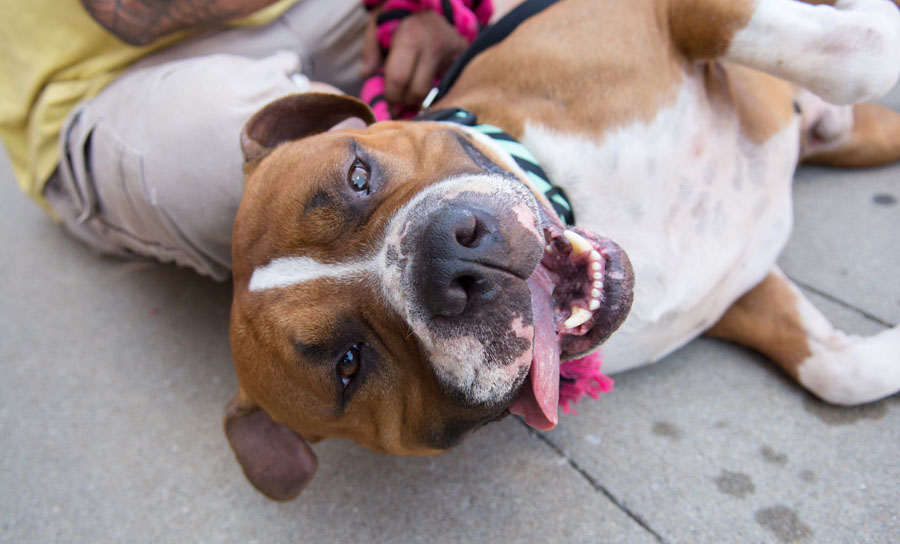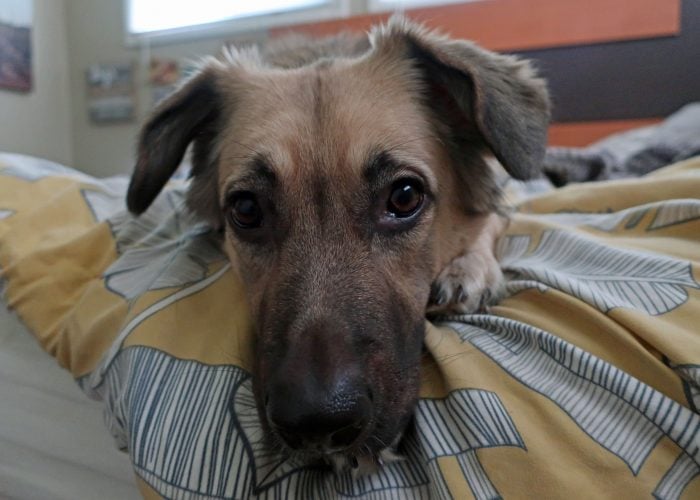Our approach at PRCKC is always compassionate and nonjudgemental – this goes for people and families, but also their pets. We understand: the perfect human doesn’t exist, and neither does the perfect dog. So, in respect to our organization’s foundational values, it’s important that we talk about how labeling specific breeds as “aggressive” is unjust and unkind.
There are still individuals and communities in the world that, for many reasons, choose to discriminate against certain breeds. You know what breeds they are. I know it, too. As soon as I hear or even think about writing about “aggressive” breeds, I can’t help but picture the innocent faces in my mind that don’t understand why people don’t want them. Pit bulls, rottweilers, dobermans, German shepherds, akitas… the list goes on for too long. These are all dogs who deserve to be treated like any other because they are capable of giving the same amount of love. Regardless of their size, force of bite or harm they can do if something were to happen, they didn’t choose to be born that way. And they don’t deserve to be denied having the chance to prove this falsehood wrong.
There are many reasons why people think this kind of judgement is justifiable: lockjaw, natural aggression, dog attack statistics, etc., but, on inspection, they simply aren’t true.
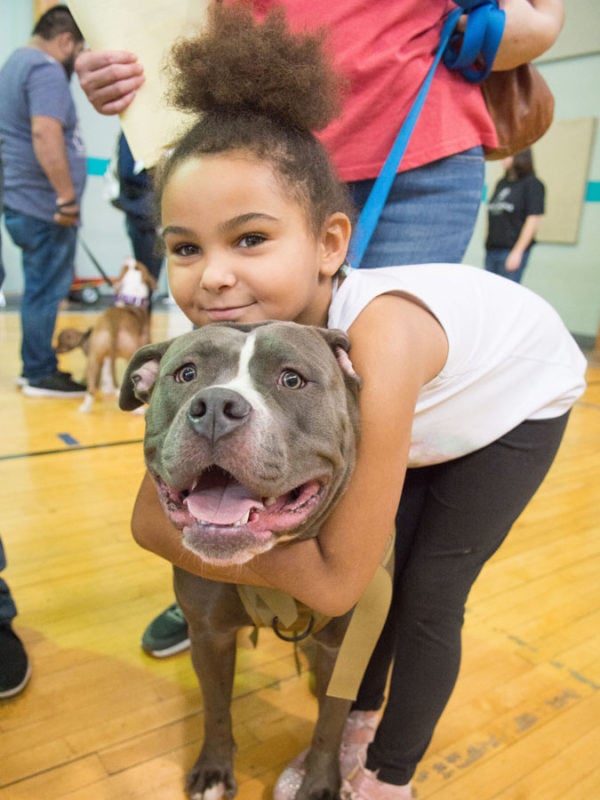
“Dangerous” breeds have lockjaw
No breed has what is called “lockjaw,” which is when a dog bites down, the top and bottom jaw lock together, preventing them from letting go. This myth is especially linked to pit bulls, but it is, in fact, not true. Animal Planet shared research conducted by the University of Georgia that showed how bully breeds do not show any mechanical or morphological difference in jaw structure. Pit bulls, and other large breeds deemed “aggressive,” are powerful and impressive beings, but they aren’t “monsters” that act out of spite.
Certain breeds are naturally aggressive
Saying specific dogs are naturally aggressive is a misconception. The American Society of the Prevention of Cruelty to Animals (ASPCA) makes a valid point that every animal, regardless of breed or species, has the capability of being aggressive when presented with situations like guarding territories, defending offspring or protecting themselves when they feel threatened; it is a natural instinct, but dogs are not naturally aggressive. And the same goes for humans; we respond with our natural instincts we think are appropriate when presented with similar situations.
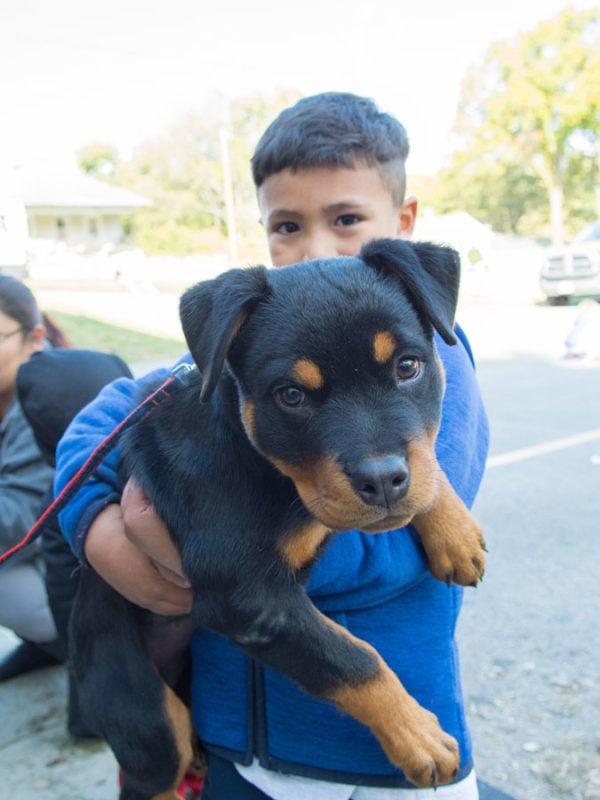
The ASPCA also says dogs rarely bite without giving a warning, which can include becoming still or rigid, showing teeth, barking, growling, lunging and more. There are also different situations that can trigger aggression that others should understand before labeling a dog as the broadly-used term, “aggressive.” Aggression can be territorial, possessive, protective, predatory, fearful, defensive or social, or more specific like frustration-elicited, redirected, pain-elicited or sex-related. When we have to get a shot at the doctor’s office, we pull our arm away. When our kid is getting bullied in school, we stick up for them. If we are giving a speech in front of a crowd, we get nervous. Humans are no different; we react to our perception of a situation.
Aggression can also be caused by medical conditions like orthopedic problems, thyroid abnormality, adrenal dysfunction or seizure disorders, which all can cause the pet to become irritable and/or react aggressively (ASPCA). Even something as simple as being unaltered can also increase the possibility of aggression, which is one of the many reasons why we advocate for spaying or neutering your pet.
All dogs wearing muzzles are aggressive
Not only is aggression unfairly associated with certain breeds, but it is also unfairly associated with dogs who wear muzzles. Muzzles are designed to prevent bites, keeping the handlers and other citizens safe, but also protecting the pet. The Driven Dog reiterates that “muzzle” is not a bad word and that when dogs are stressed, it is a helpful tool to use because dogs naturally communicate with their mouth and teeth to tell you how they are feeling. They are appropriate for many different occasions like vet or groomer visits, treating an injury, crowded or public places, or if they just have a high prey drive.
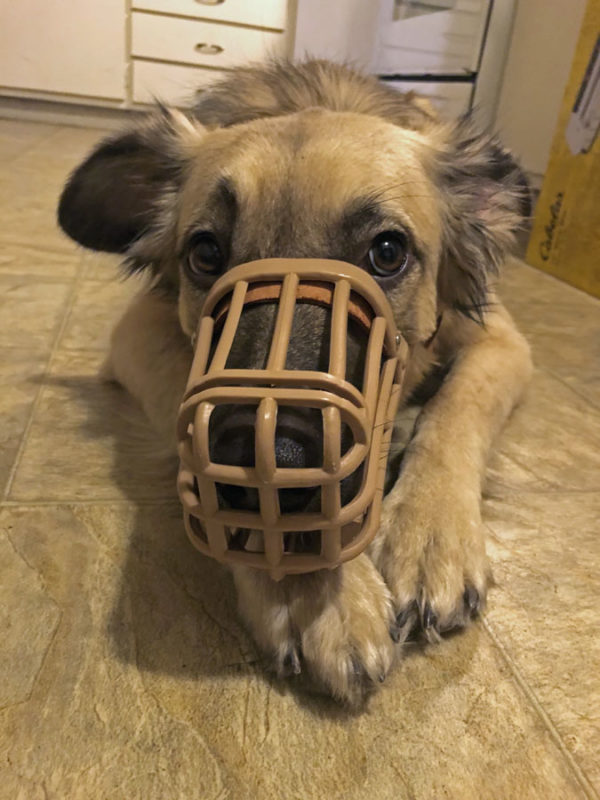
Often times, when people see a dog wearing a muzzle, you can see the fear in their eyes, which is understandable. But also as an owner of a shepherd mix, Maeby, who wears a muzzle when she goes to public places, I’ve seen it – the staring, pointing, whispering or indelicate pieces of advice I often times get. They don’t know that she was a shelter pup or that she doesn’t like strangers because she was given no reason to trust them until she was adopted. As overwhelming as it is for her to be in a new place with strange people, she gets better every time; as the owner of a fearful pet, that makes me extremely proud.
It is important for others to understand there are many reasons a dog might have to wear a muzzle. Maeby is my best friend, my shadow, my cuddle buddy, my pain in the butt and one of my greatest joys, but she is not a mean dog.
Breed-specific legislation
All of the false fears associated with certain breeds have led to breed-specific legislation (BSL), banning “dangerous” dogs in certain cities without knowing the pet’s personality. The American Veterinary Medical Association (AVMA) has many different reasons as to why BSL poses an issue. It says that breeds, first and foremost, are not easily determined because legislation is based off of physical appearance, and classifying a breed accurately takes a much longer process. Secondly, many of the dogs classified as “aggressive” are the same ones that take part in community services, such as law enforcement, military, search and rescue or medical assistance – the opposite of a “dangerous” animal.
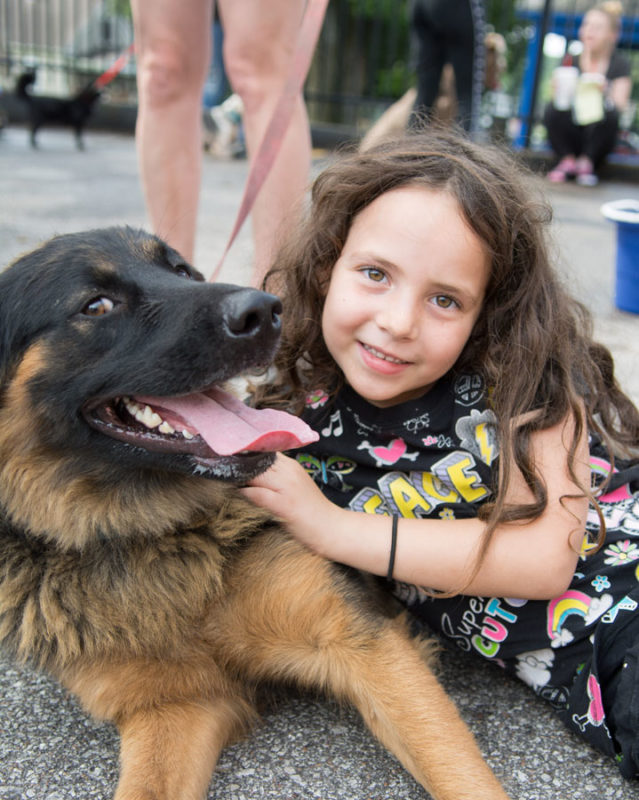
The bigger picture
One of the most important things to understand as a pet owner is that having an animal is what you make of it. Yes, there are dogs out there who have things they need to work on, but that could be for many reasons. There are fearful pets who were given no reason to trust humans, those who never had a human to teach them and had to learn to survive on their own or those who were purposely trained to fight each other as a form of entertainment.
Either way, dogs deserve better. And we owe it to them to give them that. With training and socialization, any pet can improve on imperfections, but it is hard for us to do that if the stigmas and legislation remain in place and prevent us from doing right by animals.
There are many organizations like us in the area who work to change this stigma and demonstrate that all dogs are capable of love. We understand it might take a little longer to see desired results, but that doesn’t mean we will give up fighting for the rights of all pets.
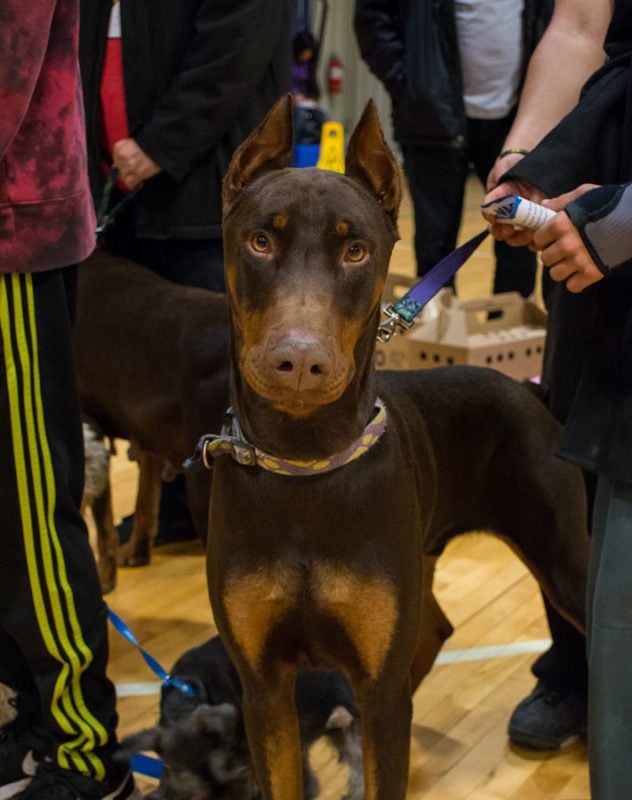
Here is a list of current BSL in Missouri and Kansas:
Missouri:
Clinton: Pit bull ban
Excelsior Springs: Pit bull ban
Gladstone: Pit bulls declared “dangerous”
Independence: Pit bull ban
Kansas City: Mandatory sterilization for pit bulls
Kearney: Pit bull ban
Lake Lotawana: Pit bulls declared “dangerous, vicious or ferocious”
Platte City: Pit bull ban
Other commonly-banned breeds in Missouri cities: rottweilers, American bulldogs, dobermans, wolf hybrids, chow chows, akitas and Chinesischer kampfhunds.
Kansas:
Wichita: Mandatory sterilization and microchip for pit bulls
Overland Park: Pit bull ban
Leawood: Pit bull ban
Other common banned breeds in Kansas cities: dobermans, rottweilers, tundra shepherds, presa canarios and chow chows.
Please visit https://bslcensus.com/ for more information regarding BSL in Missouri and Kansas.
We would also like to give a big shout out to Prairie Village, Kansas, for voting to repeal its pit bull ban on Feb 3. We hope to see more news like this in Kansas City and its surrounding areas soon!
For further position statements from Pet Resource Center of Kansas City on similar topics, please visit our website. For more information on animal statutes in Missouri, please visit The Humane Society of Missouri’s website.
